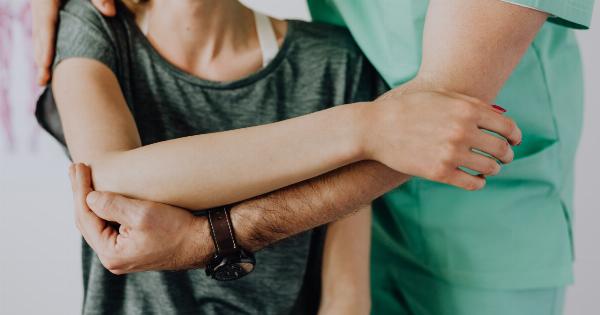Headaches are a common health condition experienced by many people worldwide, and they come in different forms, including tension headache, migraine headache, cluster headache, sinus headache, and rebound headache.
The prevalence of headache disorders is high, affecting up to 70% of people at some point in their lives. Headaches can have a significant impact on the quality of life of those affected, including impaired ability to work, socialise and carry out daily activities.
Pan-European Headache Day
Pan-European Headache Day (PEHD) is an annual event organised by the European Headache Federation (EHF) to raise awareness about headache disorders, their impact on society and the need for better healthcare.
The event takes place every year on September 19th, and people all over Europe participate in different activities such as patient meetings, educational sessions, media interviews, social media campaigns and fundraising events.
Patient Organisations and Pan-European Headache Day
Patient organisations play a crucial role in the success of Pan-European Headache Day.
They are responsible for mobilising patients, advocating for their needs, engaging with healthcare professionals and policymakers, and ensuring that patients are part of the conversation about headache disorders. Patient organisations work closely with the European Headache Federation to plan and execute different activities on the day of the event.
Raising Awareness
Patient organisations use Pan-European Headache Day as an opportunity to raise awareness about headache disorders, their different forms, symptoms, and treatments.
They organise educational sessions where patients and their families can learn about the latest research, new treatments, and self-management strategies. Patient organisations also use social media platforms to share information, debunk myths and highlight the impact of headaches on daily life.
Advocacy
Patient organisations advocate for the needs of headache patients at the national and European level.
They work to ensure that policymakers are aware of the burden of headache disorders on society, and they advocate for increased funding for research and healthcare. Patient organisations also engage with healthcare professionals to ensure that headache patients have access to improved care and treatments.
Patient Empowerment
Patient organisations aim to empower patients to take an active role in managing their headache disorder.
On Pan-European Headache Day, patient organisations organise patient meetings where patients can share their experiences, learn from each other and ask questions. Patient organisations also provide resources such as self-management plans, headache diaries, and information about support groups to help patients manage their condition.
Campaigning
Patient organisations use Pan-European Headache Day to launch campaigns aimed at raising awareness about specific issues related to headache disorders.
For example, a patient organisation may launch a campaign to raise awareness about the stigma associated with migraine or to advocate for increased access to specialist care. Patient organisations use different channels, including social media, blogs, and websites, to promote their campaigns and engage with the public.
Fundraising
Patient organisations use Pan-European Headache Day to raise funds for research, healthcare, and patient support. They organise fundraising events, such as sponsored walks and runs, charity auctions, and art competitions.
Patient organisations also partner with businesses and sponsors to raise funds for their cause. Funds raised on Pan-European Headache Day go towards research and patient support, including funding for clinical trials, headache clinics, and patient support groups.
Conclusion
Patient organisations play a crucial role in the management of Pan-European Headache Day. They are responsible for raising awareness, advocating for patient needs, empowering patients, campaigning for specific issues, and fundraising.
Their efforts contribute significantly to the overall success of the event and help to improve the quality of life of headache patients.































